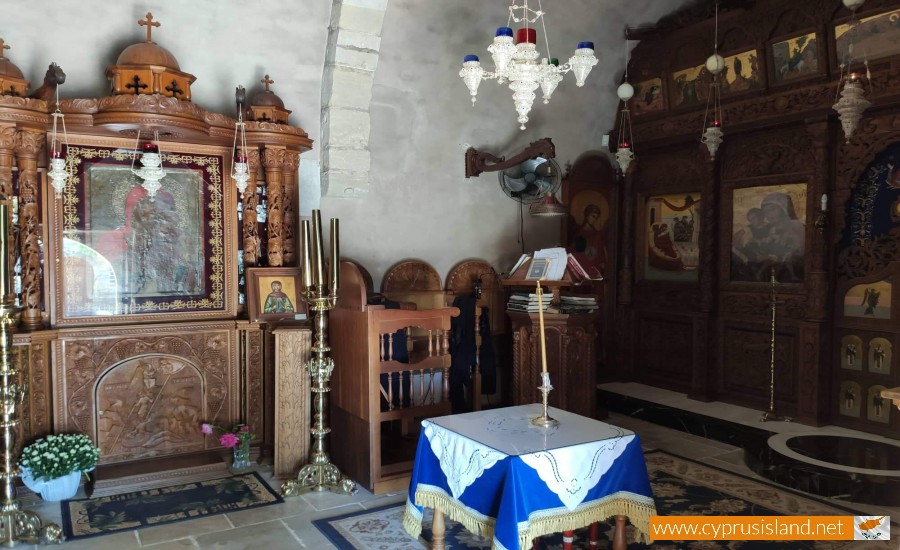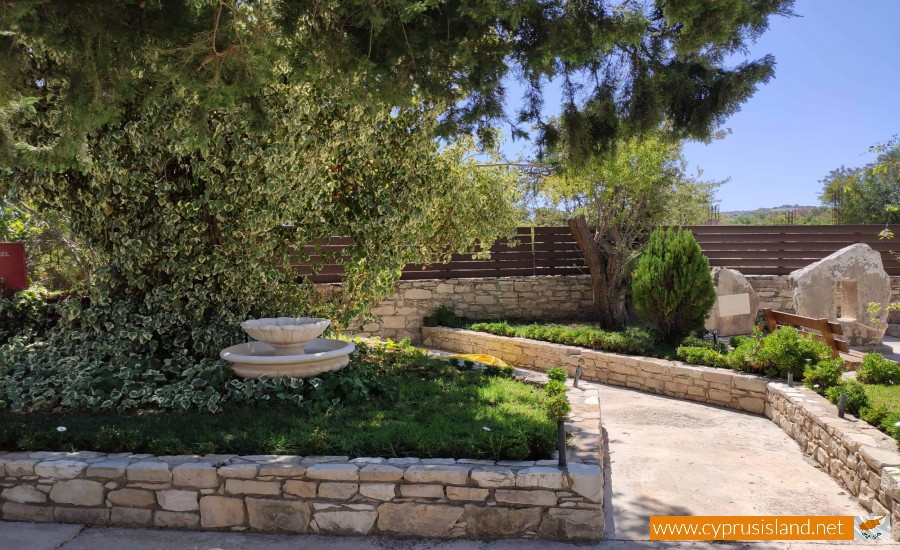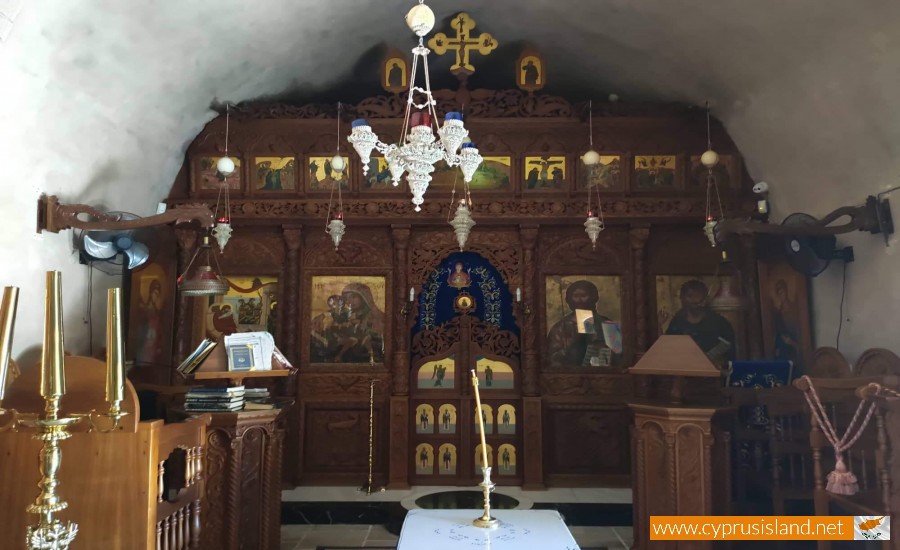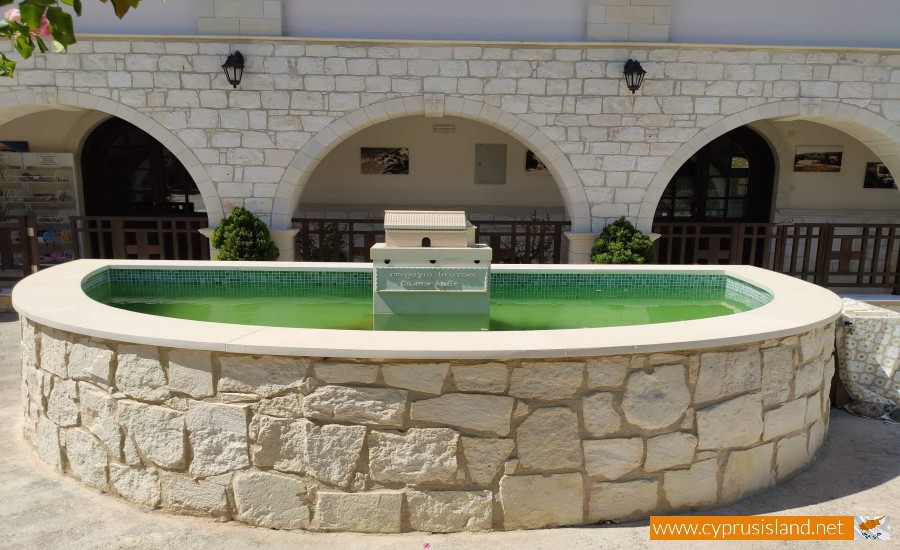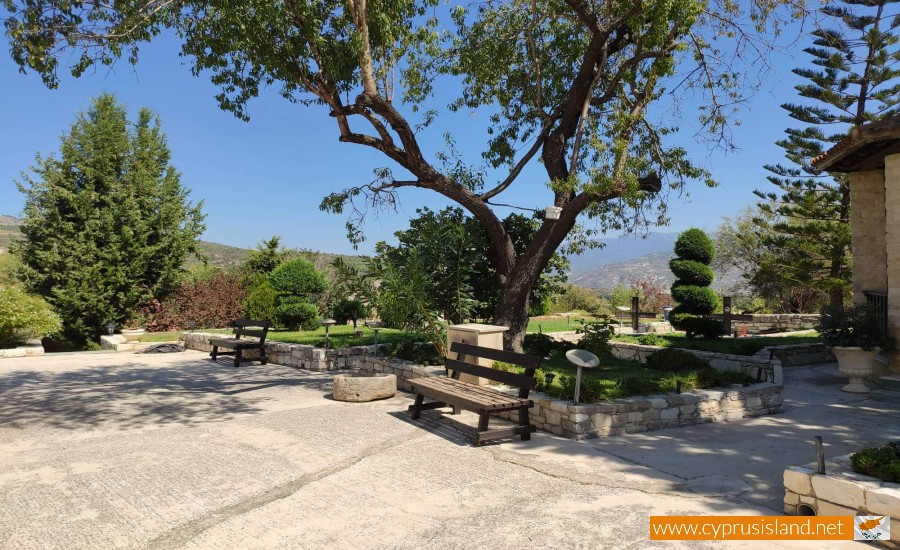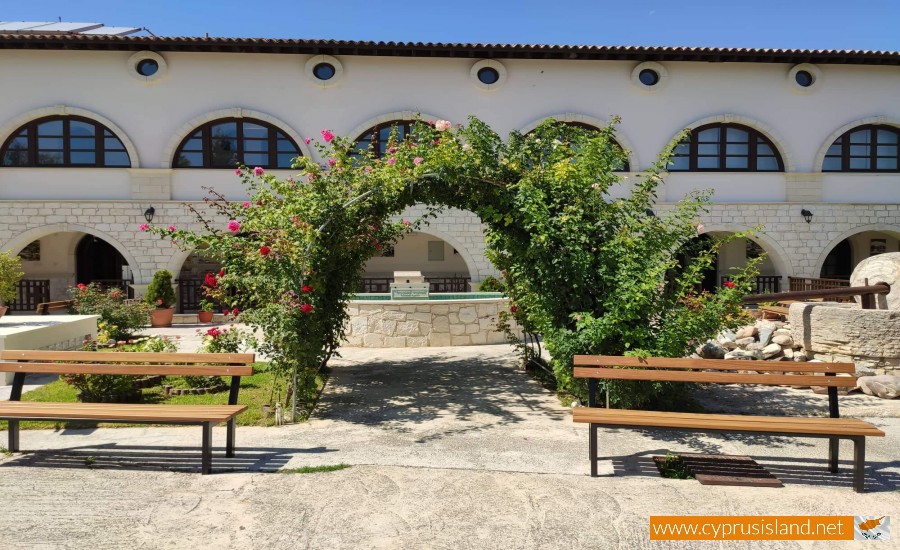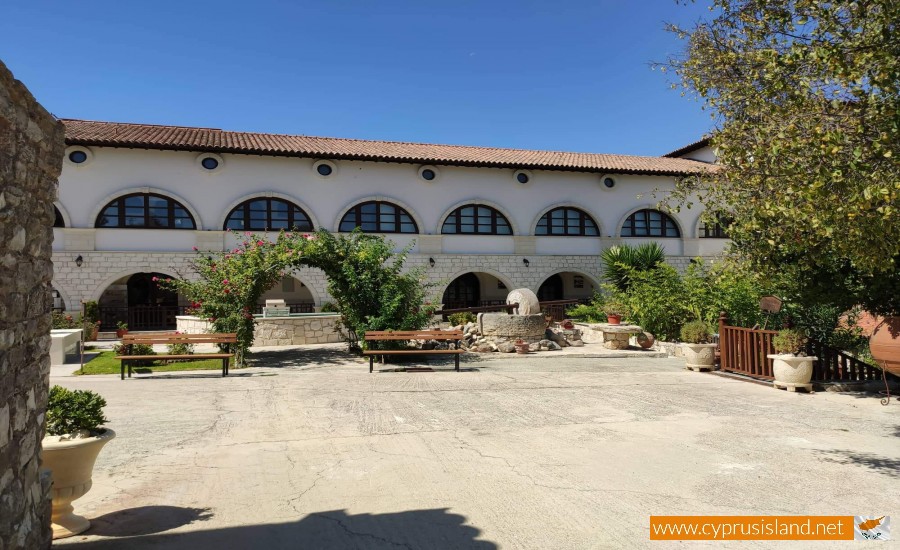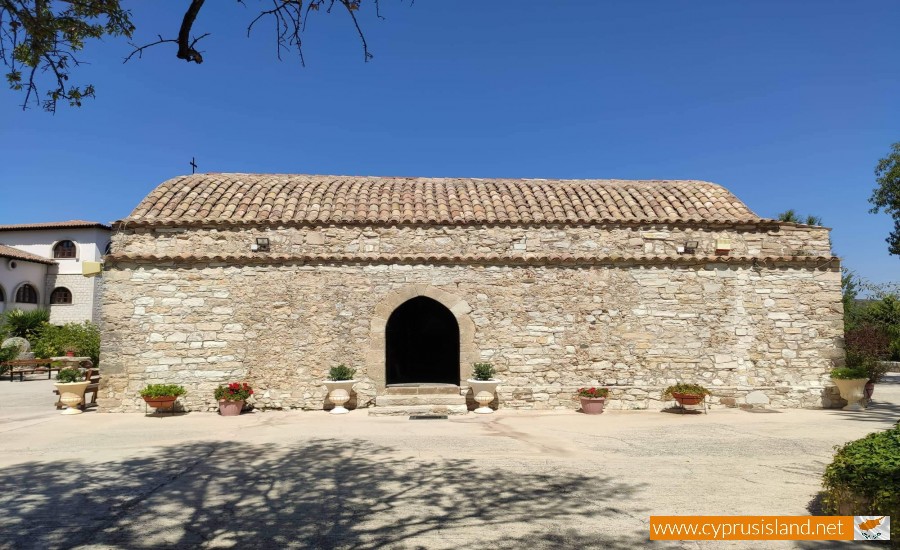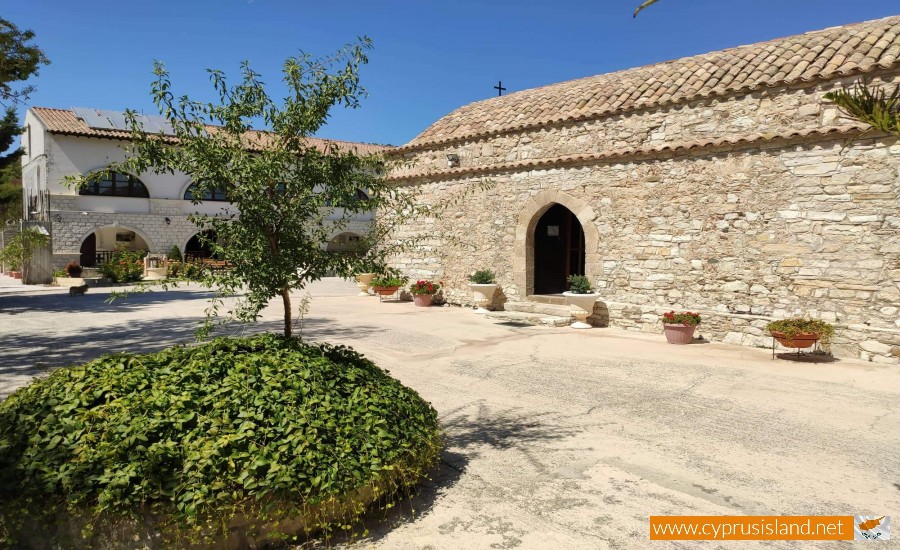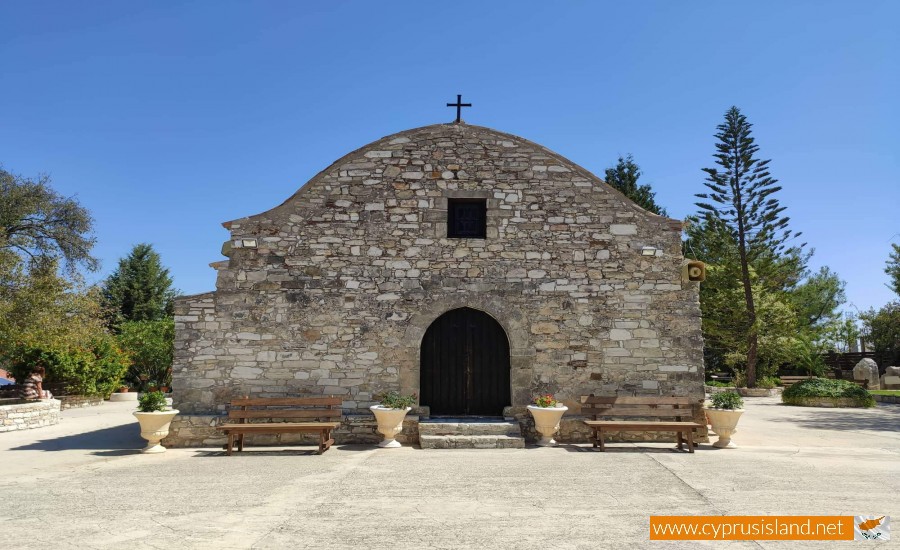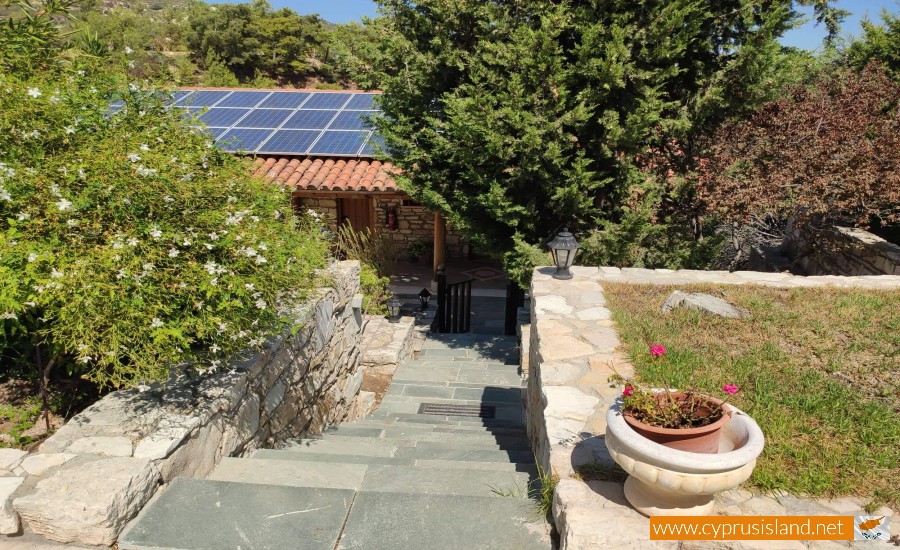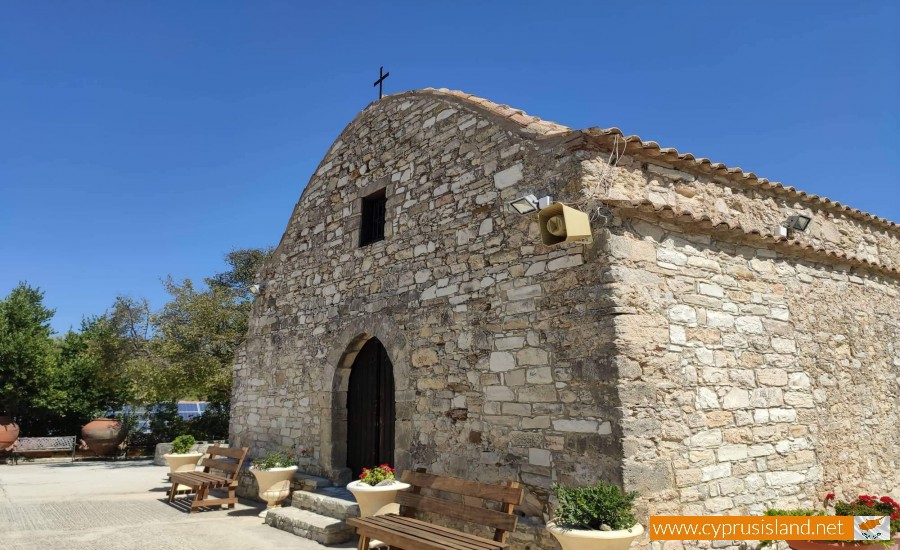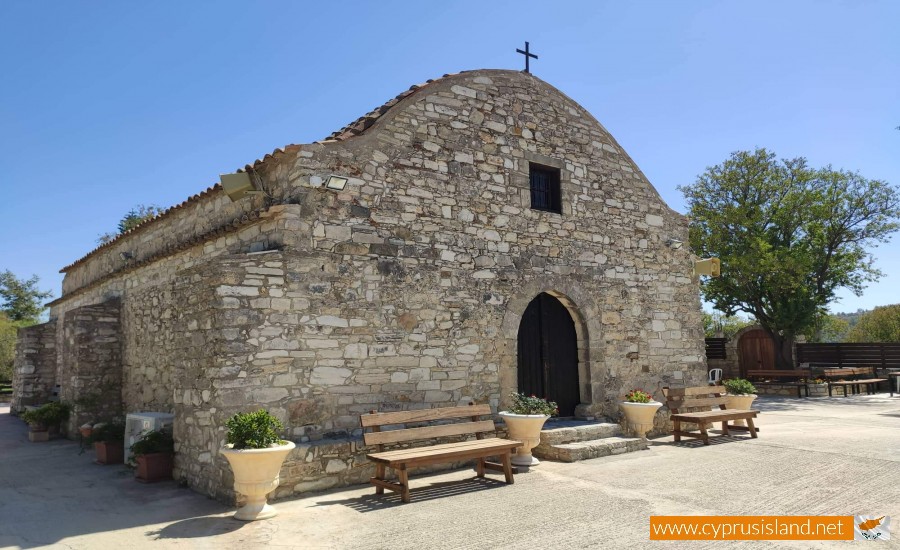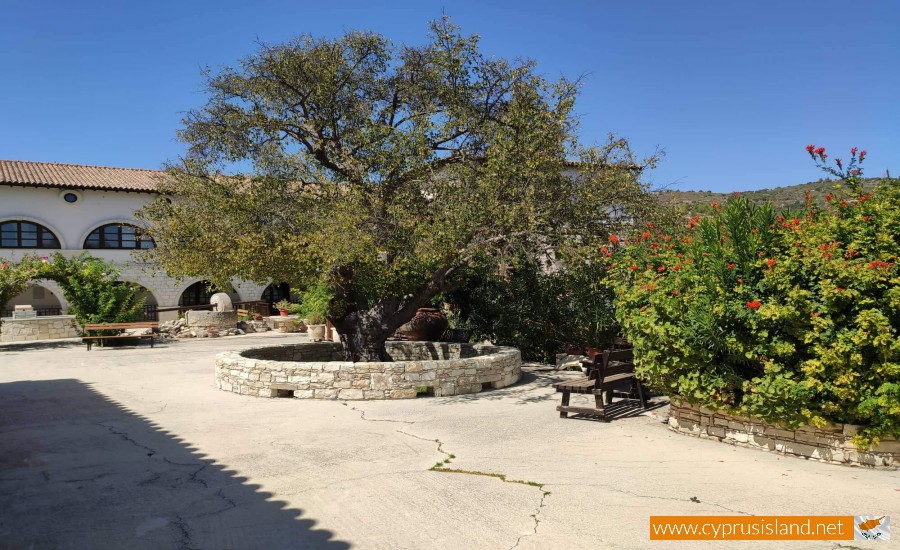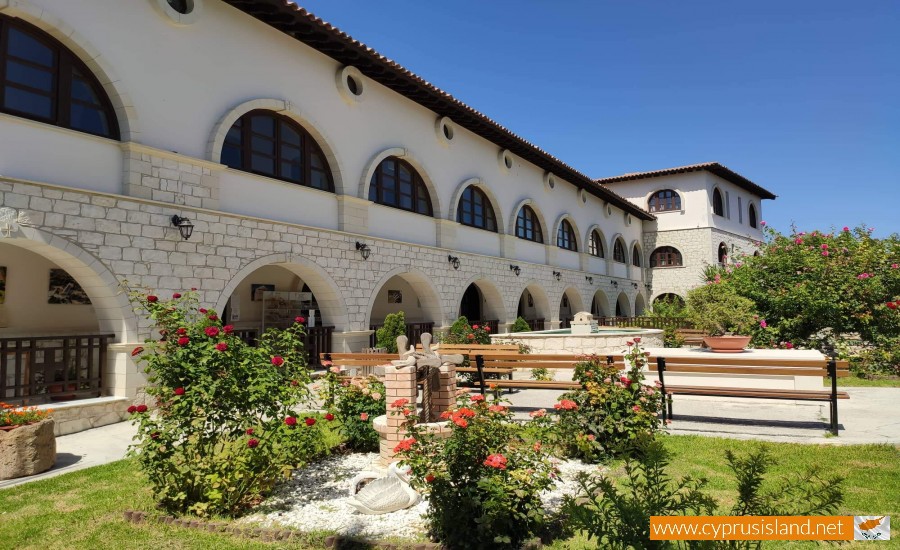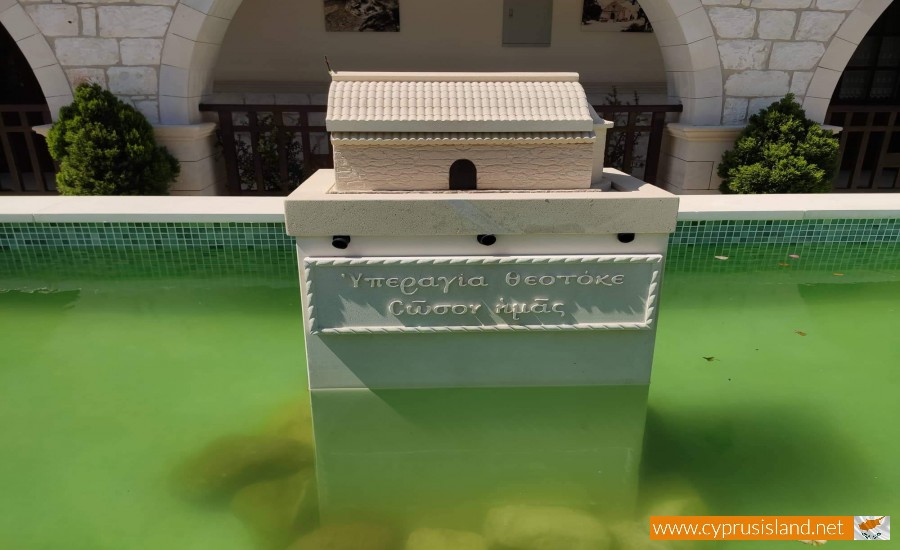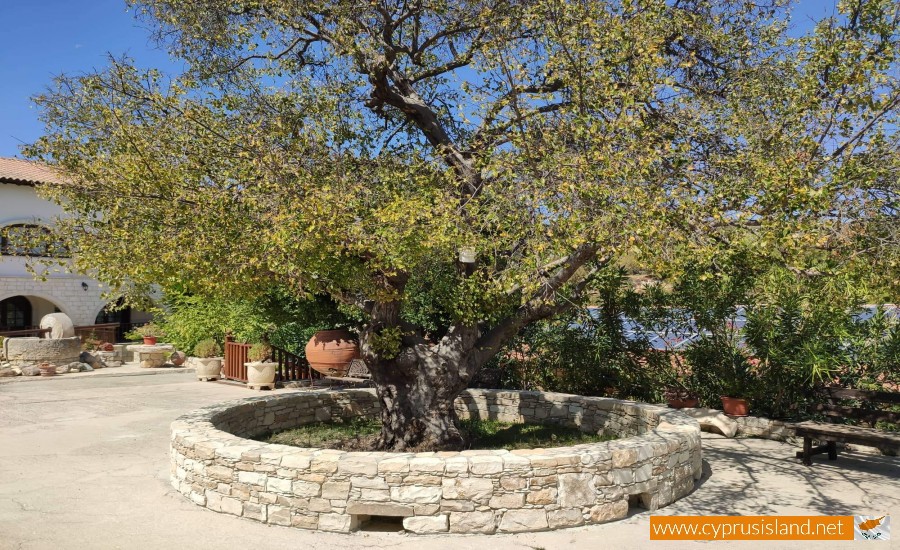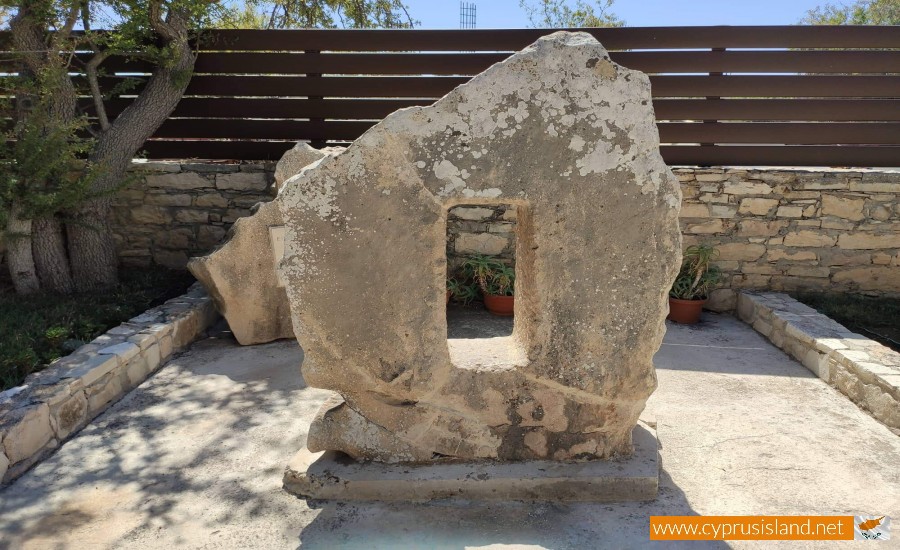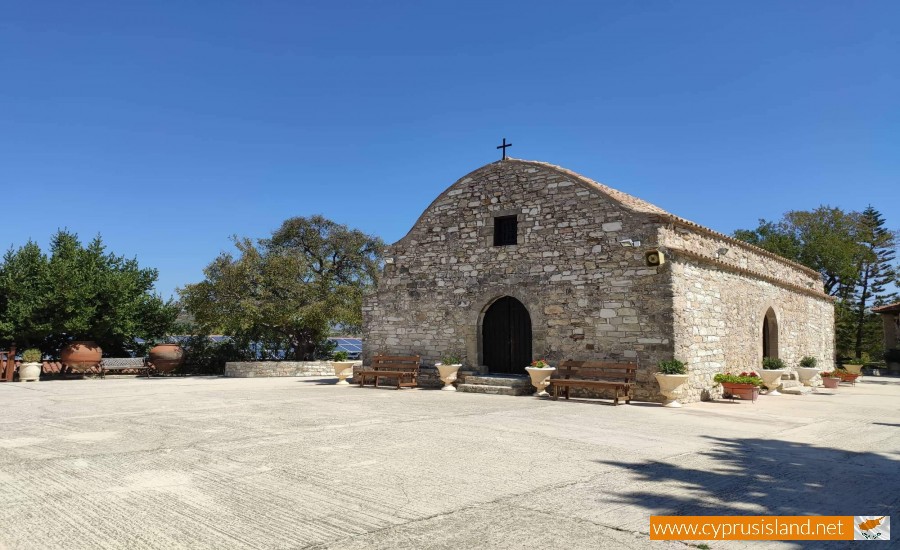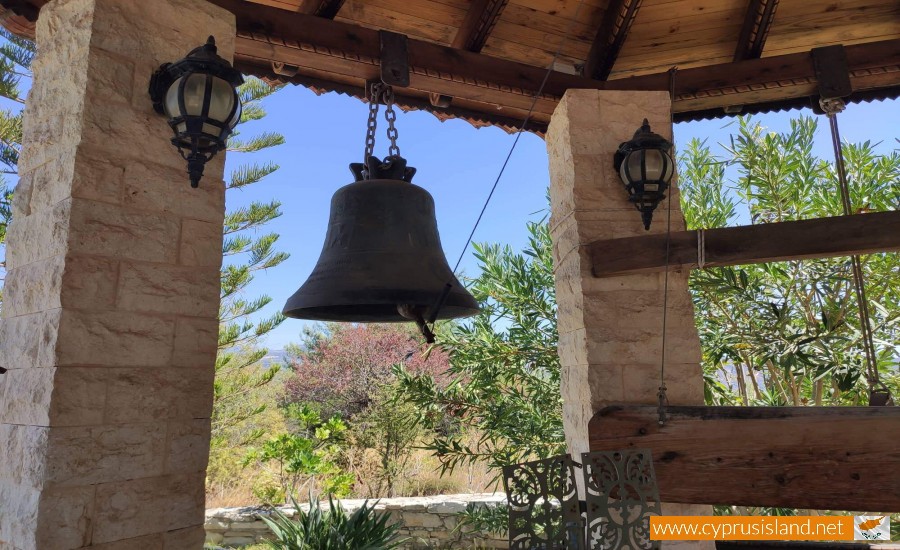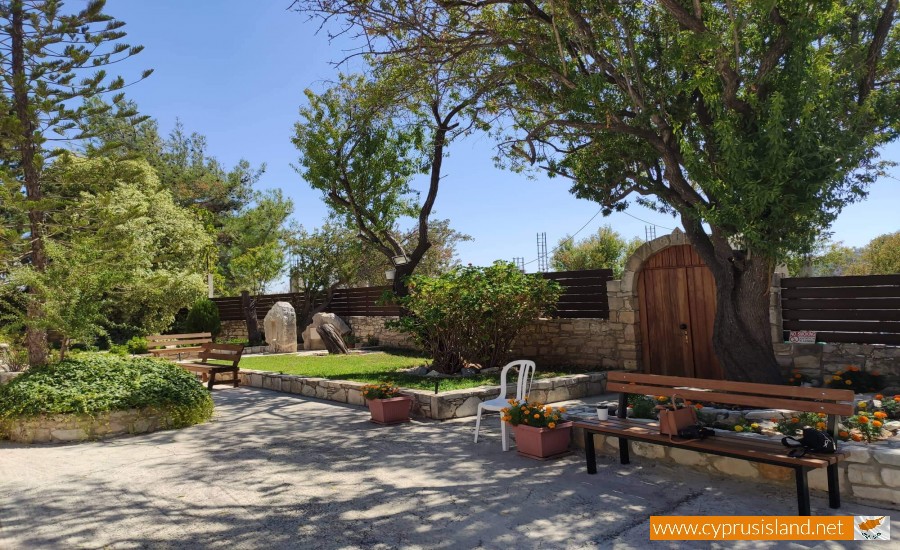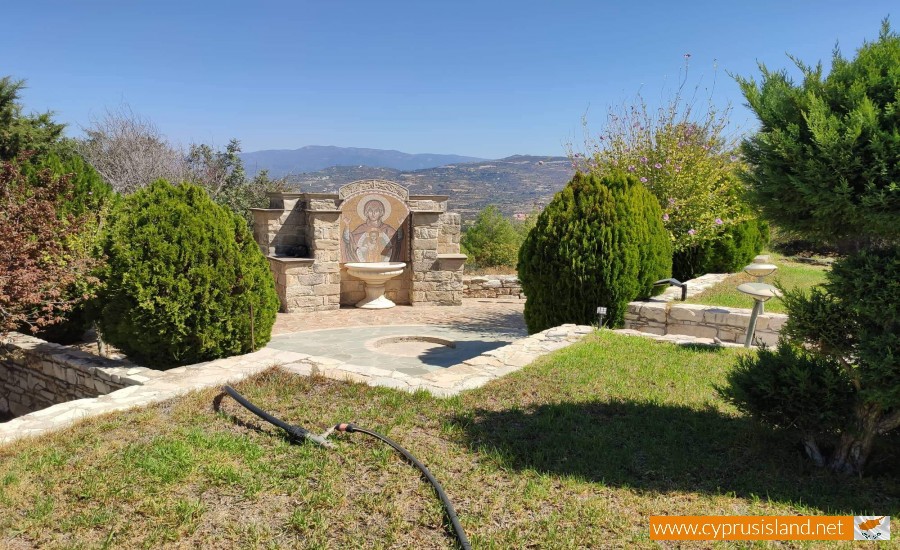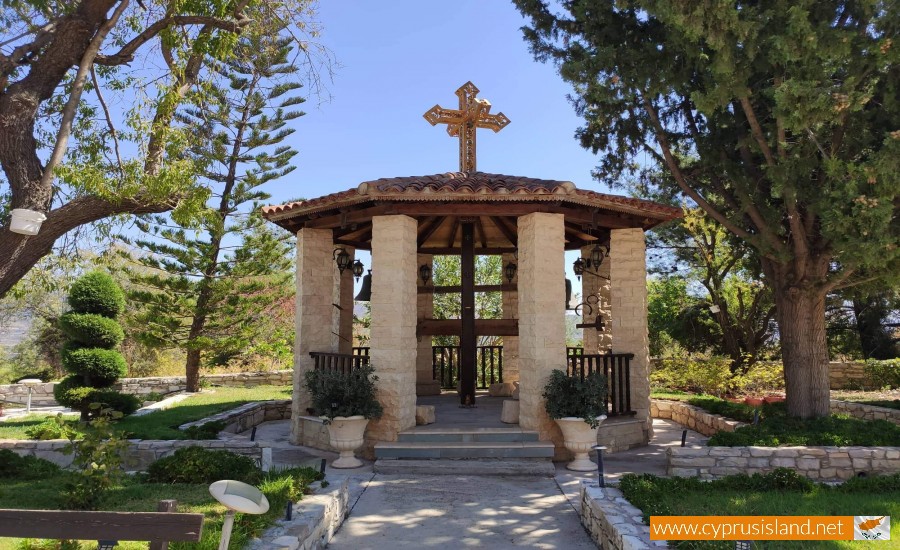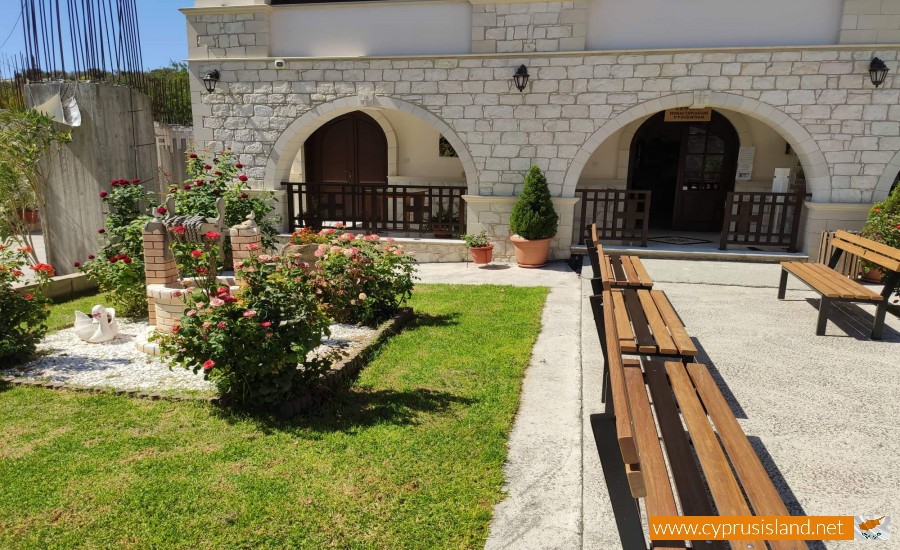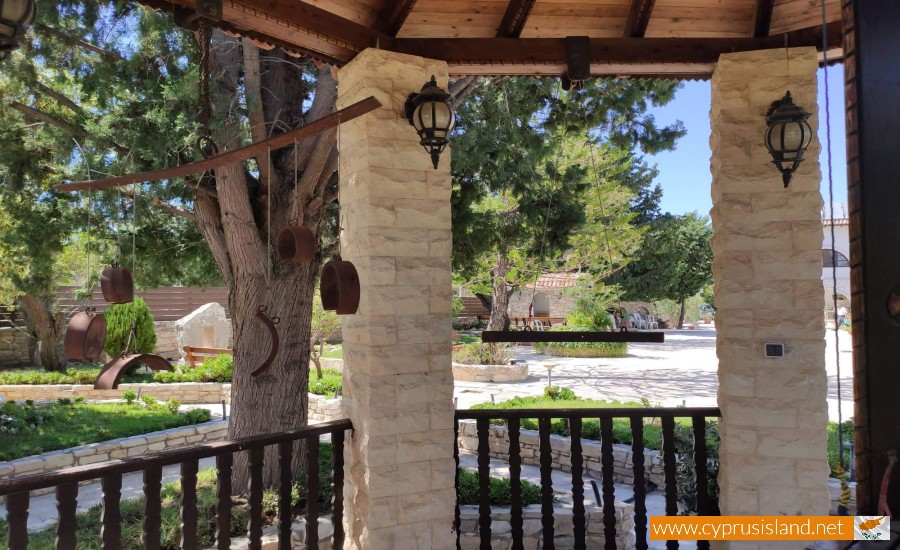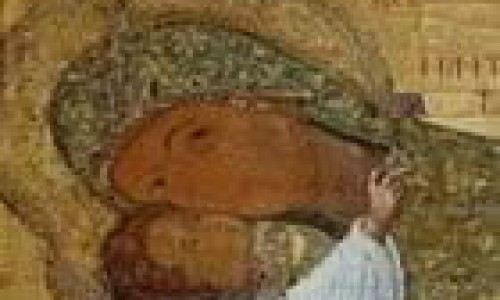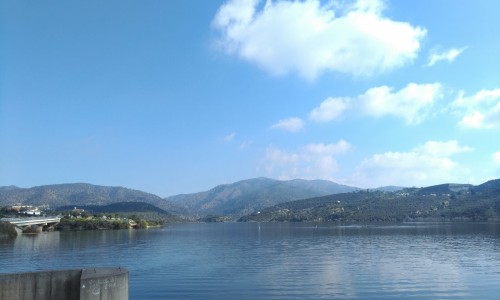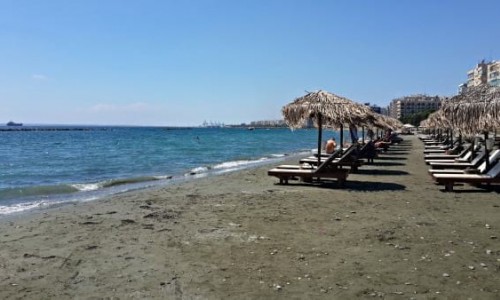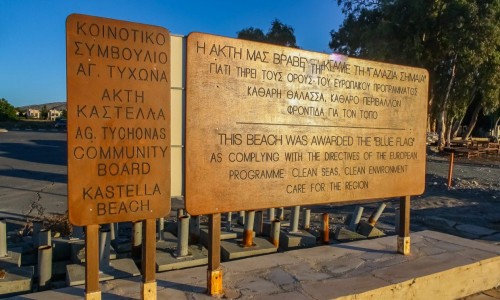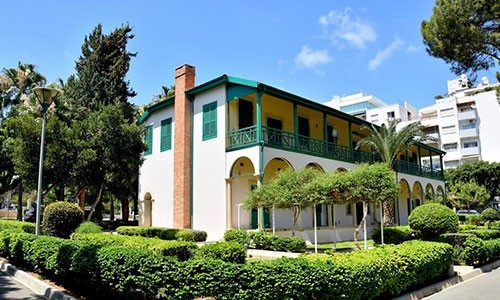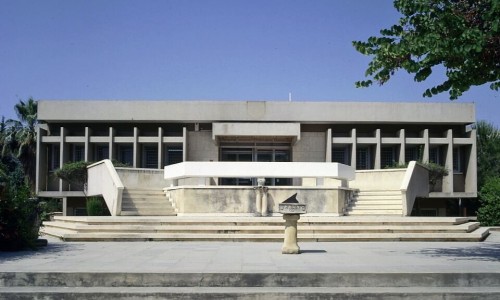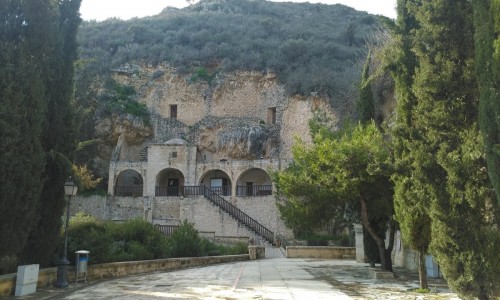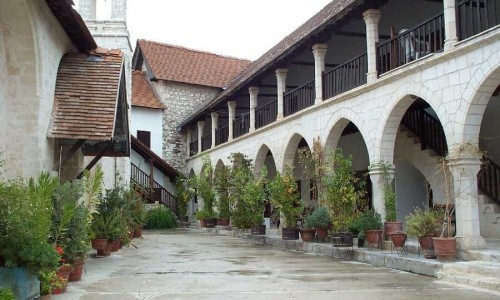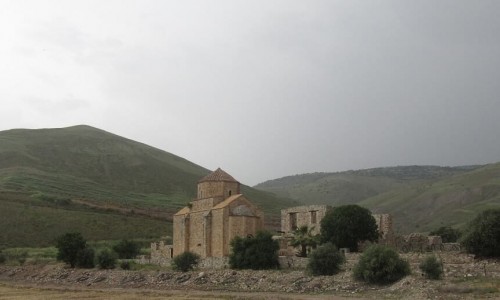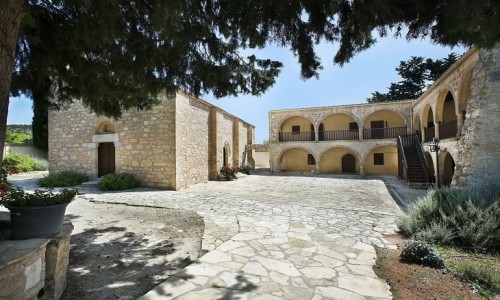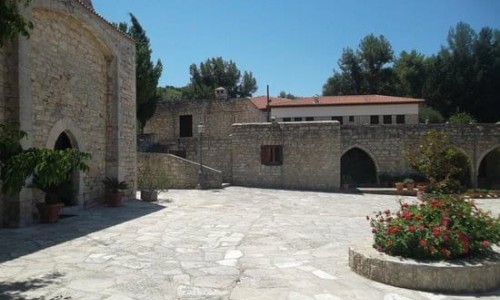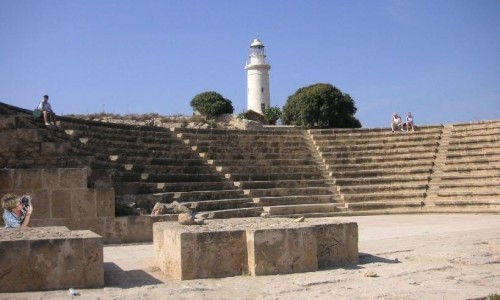Monastery of Panagia Salamiotissa
The Monastery of Panagia Salamiotissa is located 1 kilometre southeast of the village of Salamiou. The small and nice chapel was the only building left from the old monastery which closed during the last years of the Turkish occupation. After the 1821 revolution the Turks did not allow new monks there and at the same time they kept increasing the taxes , the so called “haratsi” for all the existing monks.
The history of the monastery is nearly unknown. The little evidence though show that the existence of the monastery is dated back to the beginning of the 16th century. The Archimandrite Kiprianos, mentions that in 1788 the monastery was owned by the town of Paphos. It is also likely that the small chapel which exists today, was possibly the main or the second temple of the monastery. In 1805 the estate of the Monastery was also recorded having 284 acres land and 80 olive trees. In 1866, 98 acres of land and 53 olive trees were recorded.
An older reference about the existence of the Monastery exists in an Ottoman document signed by Mohamud and sealed by Mehmed Hussein who appointed the priest Parthenio from the Salamiou Monastery as the guardian and administrator of the estate of a man called Phillipos who died leaving an orphan.
The miracle icon of Panagia Salamiotissa is dated to the beginning of the 13th century and it is possible that the monastery also existed from the 13th century. Besides, the 11th and 12th centuries were considered as the centuries in which there was a great blooming in solitary life. During its conquest from Byzantines, the Emperor Vasilios the second, allowed the construction of new monasteries and the dedication of land to the already existing ones.
The great wooden cross which belongs to the holy relics of the monastery is not fit for the small chapel and the carved stones which have been found during the last excavations which also form an arch, make us believe that there may have been a larger monastery which richer decoration from the one left today.
After the death of the last monk, the monastery begins to fade slowly as it was a difficult time for the residents of Salamiou. This monk was previously a married priest who dedicated to monk life after the death of his wife. As a deacon, he dedicated the icon of the Virgin Mary to the Monastery during 1808. The priest was from the village of Salamiou and the family of priests descending from the monk continue this tradition.
During the beginning of the 20th century, the residents also took stones from the old deserted monastery in order to complete the Church of Agia Varvara. However, after 170 years, the monastery was rebuilt and the famous and priceless icons went back to their old position in the monastery. Even though there were, many earthquakes and fires the icons were protected by a miracle and are in good condition even today.
Monastery Relics
It is without any doubt that the largest relic of the monastery is the miraculous icon of Panagia Salamiotissa which is dated back to the 13th century and is of the Kikkotissa type, but left handed. Also very important icons are those of Christ and Prodromou which are dated to the first half of the 16th century and were made by the iconographer Joseph Houri.
The big wooden cross of the monastery is also dated back to the beginning of the 16th century as well as the sanctuary gate which are important relics of the monastery. Also a second icon of Christ and two long icons of the Virgin Mary and Prodromou stand in awe.
Today the monastery operates every Sunday and during celebrations. Embroided chasubles and covers of the altar are also made there.


